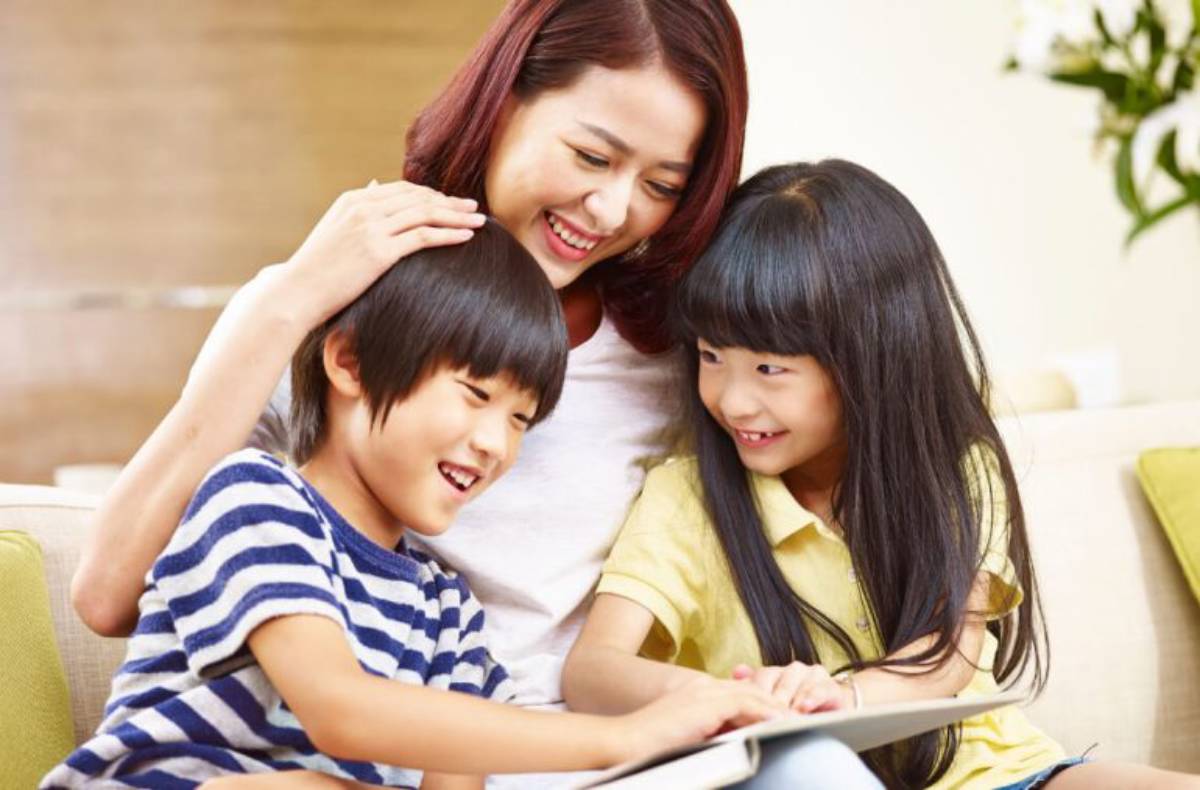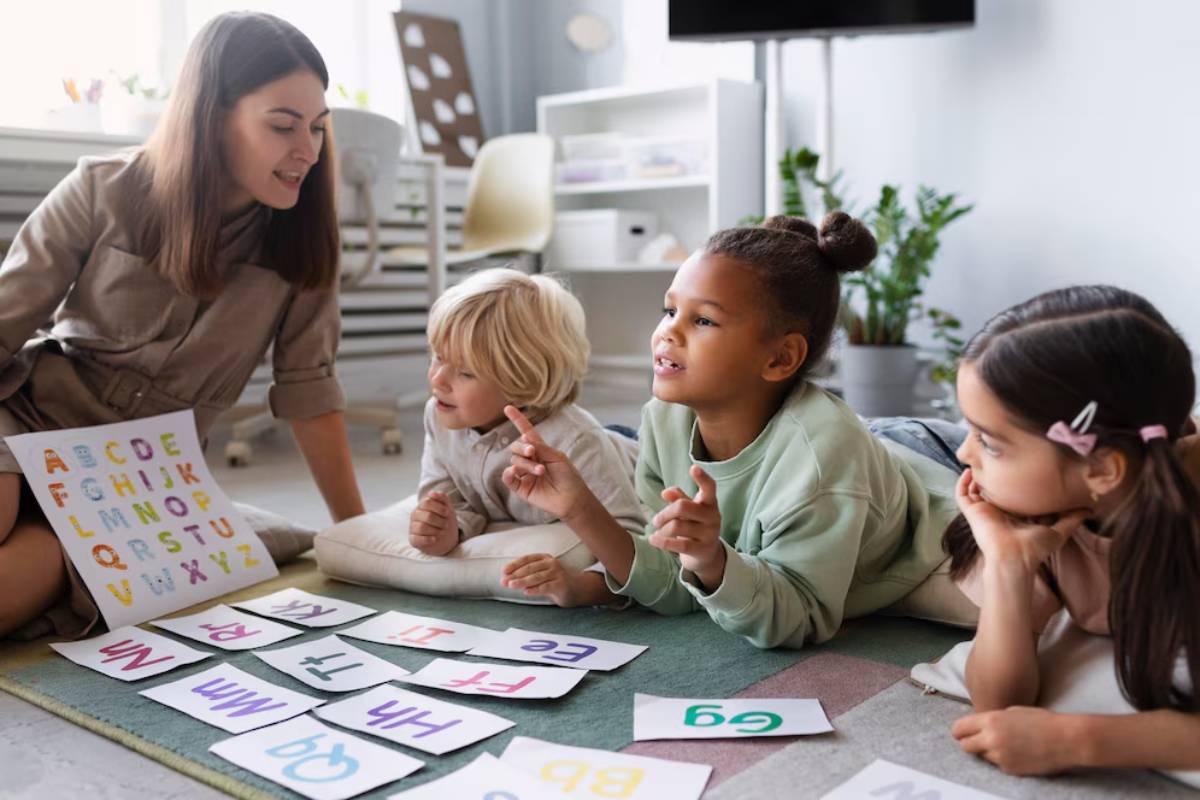
Raising Bilingual Children: Tips for Parents
It can be one of the great joys in a parent’s life to raise bilingual children. Imparting multiple languages to children not just unlocks the ways to a greater cultural understanding, but also provides them lifelong benefits in terms of communication, education, and even job opportunities. But it takes careful planning and steady action. Strategies like balanced bilingual parenting are crucial in making sure that children learn both languages fluently, even if one is dominant. These cover the full range from deciding what, and how, to speak in the home, to deciding language learning a part of daily life.
Understanding how language development differs for bilingual kids versus monolingual kids is on e of the most important aspects of bilingual parenting. Children learning two languages simultaneously may take longer to reach some developmental milestones, but this is entirely typical. Speaking multiple languages improves children’s cognitive flexibility, making them better problem solvers. With the right bilingual parenting strategies, both your child can flourish in both languages. Provided the supports are kept up and are consistent, language development inbilingual kids becomes a natural part of their growth and learning journey.
Importance of Teaching Children Multiple Languages

Recognizing the value of bilingualism is key for successful bilingual parenting. Teaching kids multiple languages brings many benefits, both cognitive and social. Research shows bilingual children often outperform monolingual peers in tasks that need executive control, like problem-solving and multitasking. This flexibility comes from the mental effort involved in switching languages.
Being bilingual also leads to diverse cultural experiences. It fosters empathy and adaptability, traits essential in our connected world. Bilingual kids can talk to more people, enhancing their social skills and cultural appreciation. This understanding helps build a more inclusive society.
Bilingual Parenting Strategies
Starting the journey of bilingual parenting needs careful planning and steady effort. Here are some helpful strategies:
One Person, One Language (OPOL)
The OPOL strategy means each parent speaks a different language to the child. This clear separation helps kids connect each language to a specific person, reducing confusion. For example, if one parent speaks English and the other Spanish, the child will learn to switch languages based on who they are talking to.
Minority Language at Home (MLAH)
This method involves using the minority language at home while the majority language is learned outside, like at school or in the community. This ensures the child receives enough exposure to the minority language, which could be overshadowed by the dominant language.
Time and Place Strategy
This approach sets specific times or places for each language. For instance, speak English on weekdays and French on weekends. Alternatively, designate different rooms in the house for different languages. This structure reinforces language boundaries and provides balanced exposure.

Language Development in Bilingual Kids
Understanding how language develops in bilingual children is vital for effective parenting. It’s important to know that bilingual children may acquire language differently than monolingual kids.
Simultaneous vs. Sequential Bilingualism
Simultaneous bilingualism happens when a child hears two languages from birth. These children often develop skills in both languages at the same time. Sequential bilingualism occurs when a child learns a second language after mastering their first. Both paths have advantages and challenges, so knowing them helps in tailoring your approach.
Milestones and Expectations
Bilingual children might reach language milestones at different rates than monolingual peers. It’s normal for them to mix languages or take longer to gain proficiency. Patience and encouragement are essential in this process. Celebrate small victories and avoid comparing your child to others.
Additional Tips & Common Mistakes to Avoid
Raising bilingual children is rewarding but can also be challenging. Here are some tips and common pitfalls:
Consistency is Key
Regular and meaningful language exposure is vital. Use both languages consistently in daily interactions. Inconsistency can lead to confusion and slow language development.
Avoid Overloading
While exposing your child to multiple languages is good, avoid overwhelming them. Focus on building a strong foundation in one or two languages before adding more.
Encourage Language Use
Encourage your child to use both languages in different situations. Engage in conversations, storytelling, and activities that require them to think in both languages. This practical use reinforces learning and builds confidence.
Advanced Insights
For parents wanting to enhance their bilingual parenting approach, here are some advanced insights:
Cultural Immersion
Language learning is closely linked to cultural understanding. Whenever possible, immerse your child in the cultures tied to the languages they are learning. This can include cultural festivals, food, music, or travel. Such experiences enrich their language skills and deepen their appreciation for diversity.
Leverage Technology
In today’s digital age, technology can aid language learning. Use educational apps, online resources, and language platforms to support traditional methods. These tools offer fun and engaging ways to practice languages.
Empowering Your Child Through Bilingualism: A Lifelong Advantage
All in all, raising bilingual children is not something that will happen overnight, but it sure is a rewarding process if you approach it with intentional effort and patience. Bilingual kids can benefit from strong language exposure based on effective bilingual parenting approaches, while maintaining their natural cultural identity and communication. Keep in mind that every child learns at their own pace, and that fluctuations in fluency between languages are normal and temporary. Given continual support, consistent exposure and attendance in a language-rich environment, children can build skills in both languages and carry them into adulthood.”
If you want to teach your children as many languages as possible, parents will need to be flexible and adapt to their child’s needs and interests. Celebrate small achievements, build meaningful connections in both languages and immerse your child in resources, books, music, conversation, and community that will bolster their growth as bilinguals. And even with struggles, consistency and encouragement help the most.
Final thought: Bilingualism is not simply mastering two languages; it is also about opening doors to new mindsets, connecting with a variety of cultures, and welcoming lifelong learning. With the right strategies and mindset, parents can successfully guide their children toward becoming confident, capable bilingual individuals.